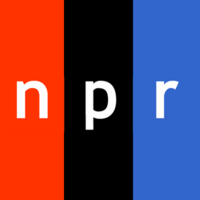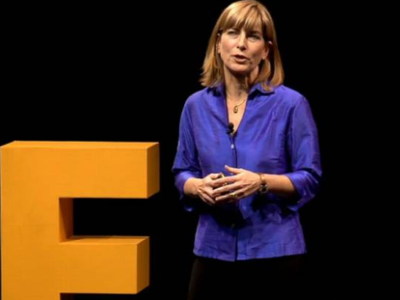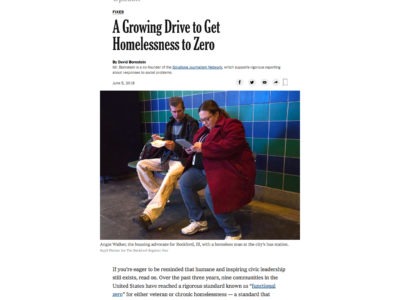
The Brownsville neighborhood of Brooklyn, N.Y., is known for many things, among them huge public housing projects, extremely high poverty and crime. Last summer, a one-year-old boy was shot in the head and killed as he sat in a stroller in the neighborhood.
But that’s one side of life in Brownsville. Down the street from that murder, on weekday mornings, is another side.
At the local community center, about 40 older women can be seen dancing their hearts out, wiggling their hips and pumping their fist to the sounds of “Do You Love Me?” The women are decked out for exercise, wearing sweat pants, T-shirts and knit caps.
The ladies have just finished their twice-weekly exercise class. Usually, they go outside to walk and dance around the neighborhood, but today it’s too cold so they’re staying in.
It might not look like it but this class and walking club of women, and sometimes men, is part of a larger effort to fight poverty and improve impoverished communities. It was started by a nonprofit, Community Solutions. People there think that one way to help places like Brownsville is to get residents to look out for and care for each other.
Seventy-year-old Linda Beckford, who’s lived in Brownsville for 27 years, says the walking club has done a lot of good for the community. Without it some of these seniors would be stuck at home, isolated and alone, she says.
“It makes people want to come out and do more, rather than be afraid,” Beckford says. “A lot of seniors are by themselves and they don’t want to come out.”
Instructor Sid Howard knows how important such activities are. He’s a senior himself, 74 years old, and a coach with New York Road Runners. He’s won several world titles for running over the years and tells the women if “they don’t use it, they’ll lose it.”




